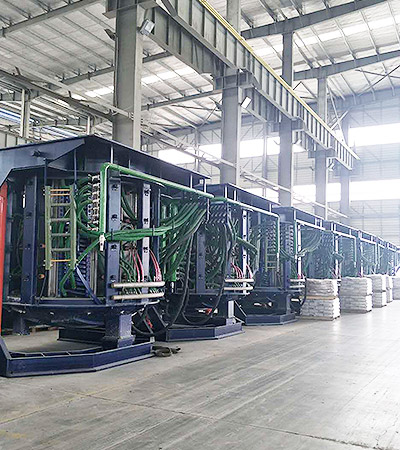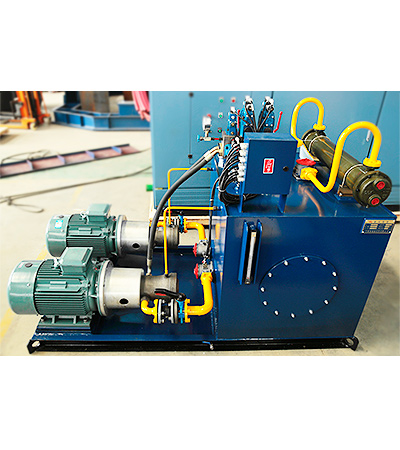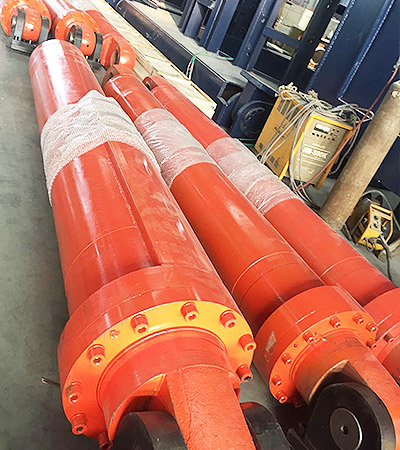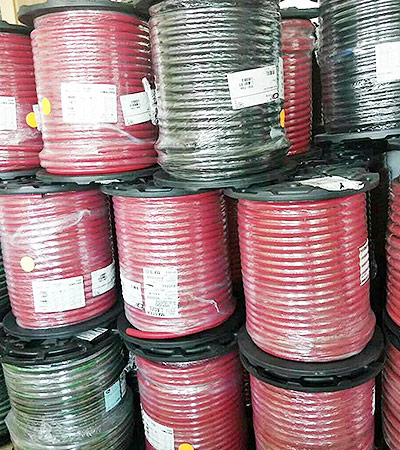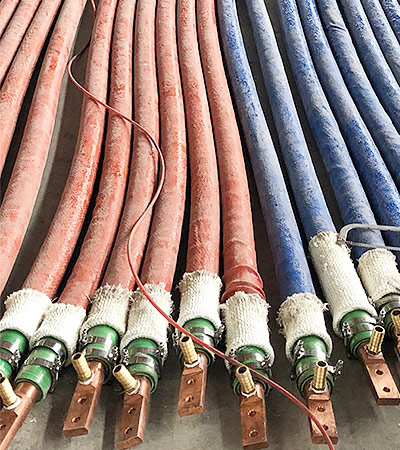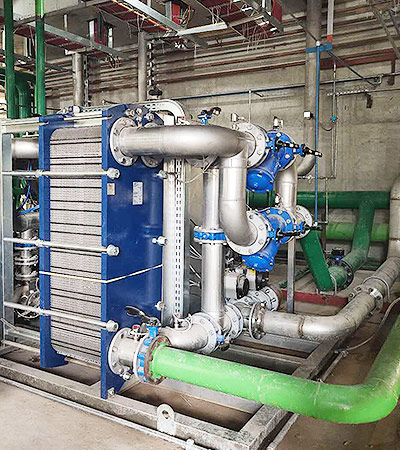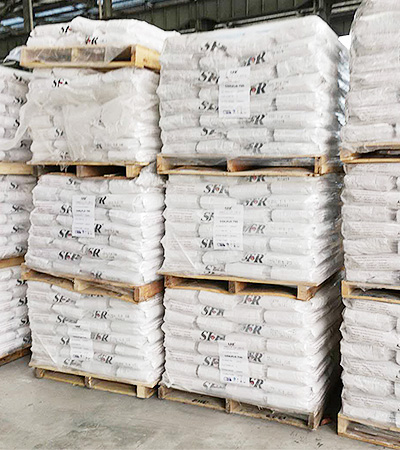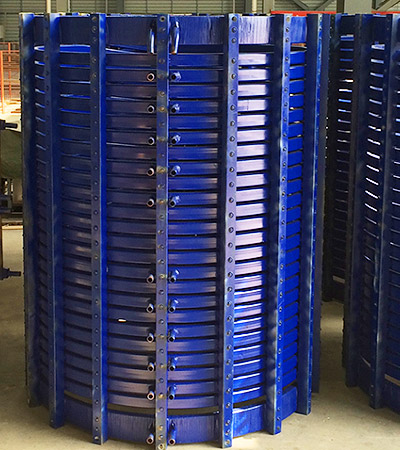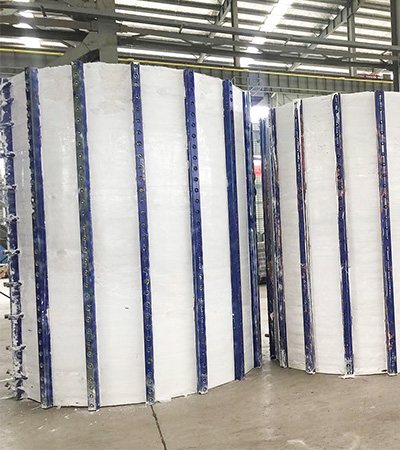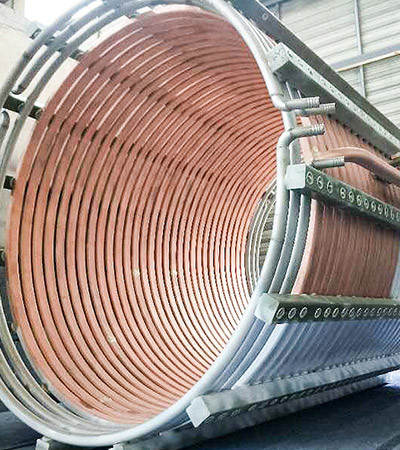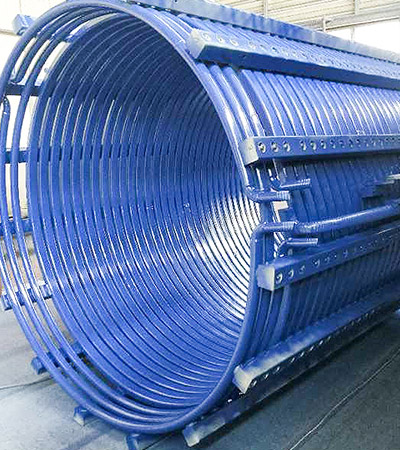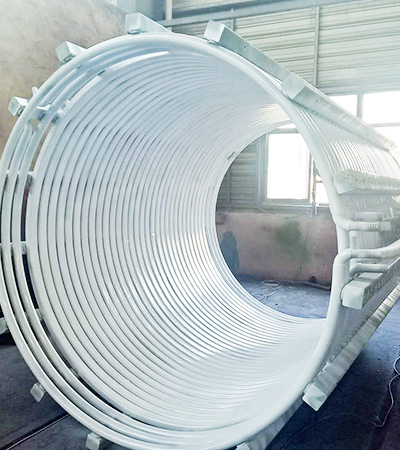Introduction of Industrial Metal Melting Furnace and Its Function
Smelting furnace refers to the equipment that melts metal ingots and some scrap metals and adds necessary alloy components, and smelts them into the required alloy through slag removal, refining and other operations, which belongs to the subject of metallurgical process.
1. Classification by heating energy
According to different heating energy, melting furnaces can be divided into the following two types:
(1) Fuel heating type (including natural gas, liquefied petroleum gas, coal gas, diesel oil, heavy oil, coke, etc.), the charge is heated by the reaction heat generated when the fuel is burned.
(2) Electric heating type, the resistance element is energized to generate heat or the coil is energized to generate an alternating magnetic field, and the charge in the magnetic field is heated by an induced current.
2. Classification by heating method
(1) Direct heating method
The heating method in which the heat generated when the fuel is burned or the heat generated by the resistance element is directly transferred to the charge is called direct heating. Its advantages are high thermal efficiency and simple furnace structure. The disadvantage is that the harmful impurities contained in the combustion products will adversely affect the quality of the charge; the harmful gases volatilized from the charge or covering agent will corrode the resistance elements and reduce their service life; during the fuel combustion process, the excess air content in the combustion products is high, Causes a large amount of metal burning loss during the heating process.
(2) Indirect heating method
There are two types of indirect heating methods. The first type is that the combustion product or the energized resistance element does not directly heat the charge, but first heats the heat transfer medium such as the radiant tube, and then the heat is transferred to the charge by radiation and convection; the second type is to pass the coil through alternating current. The alternating magnetic field heats the charge in the magnetic field with an induced current, and the heating elements such as the induction coil and the charge are separated by the lining material. The advantage of the indirect heating method is that the combustion products or the electric heating element and the charge are separated from each other, and there is no harmful influence on each other, which is beneficial to maintain and improve the quality of the charge and reduce the metal burning loss. The induction heating method also has a stirring effect on the metal melt, which can accelerate the metal melting process, shorten the melting time, and reduce the metal burning loss. The disadvantage is that the heat cannot be directly transferred to the charge. Compared with the direct heating method, the thermal efficiency is low and the furnace structure is complex.

 English
English España
España EN
EN
